Before then, Zagato had largely specialised in attaching light, aerodynamic bodies to brand-new chassis with competition exploits in mind. But when Modiano approached Elio Zagato – who had recently graduated with an Economics degree – the eldest Zagato son saw the chance for the Milanese company to conjour up new business by coachbuilding bespoke road cars. So proud was Elio with the heightened level of finish, he asked to show the resulting XK140 re-working at the 1957 Paris Motor Show, from which a positive response led to a production run being investigated.
The hint of red octavia
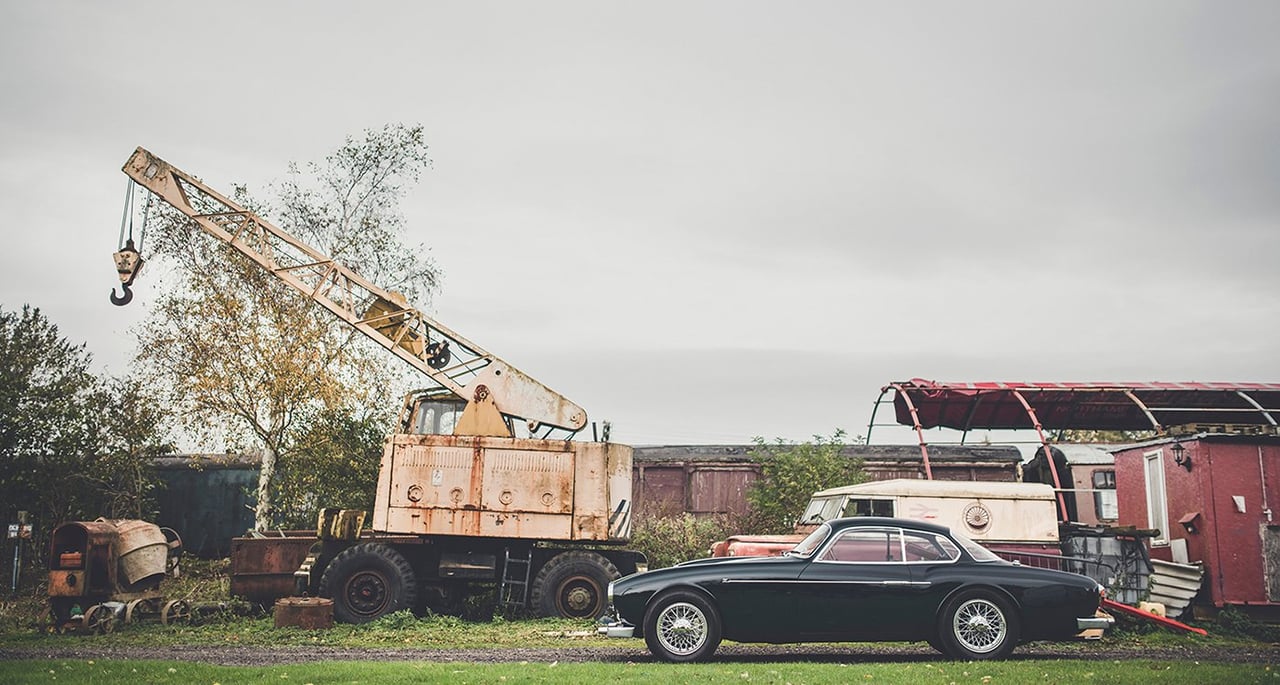
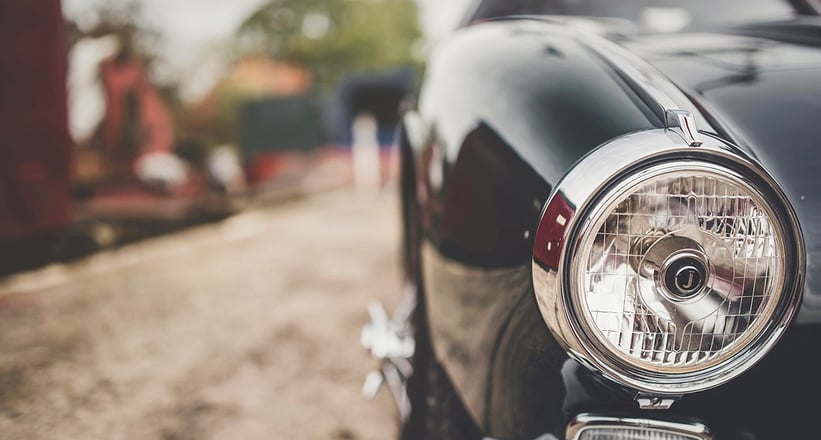
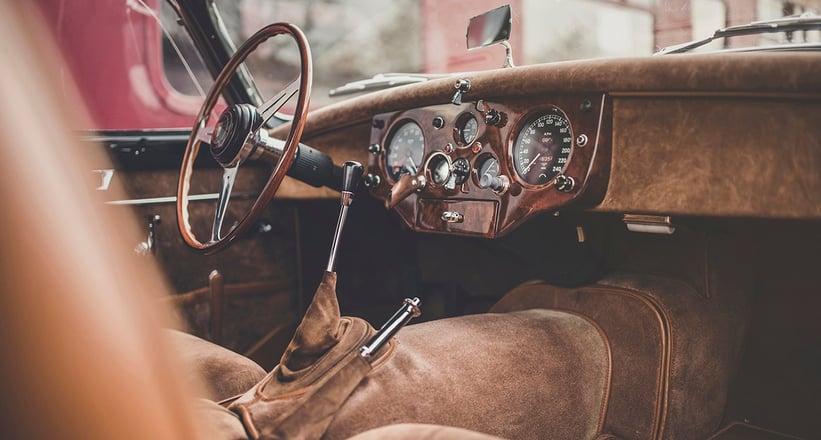
Although bearing some similarities to Alfa Romeos of the time, the Jaguar perhaps more closely resembles Zagato’s take on the Ferrari 250 GT – unsurprising, considering they quite possibly would have shared space in the carrozzeria’s Milanese workshop. The double-bubble roof is notably absent, although the concept of the light, airy panoramica roof was still very much in vogue. Additional freedom afforded by the non-racing intentions of the car led to such delights as tan suede on almost every interior surface, and even little ‘J’ emblems in the headlights – both completely unnecessary, but wonderful nonetheless. Quite simply, elegance took precedence.
Dynamic rewards
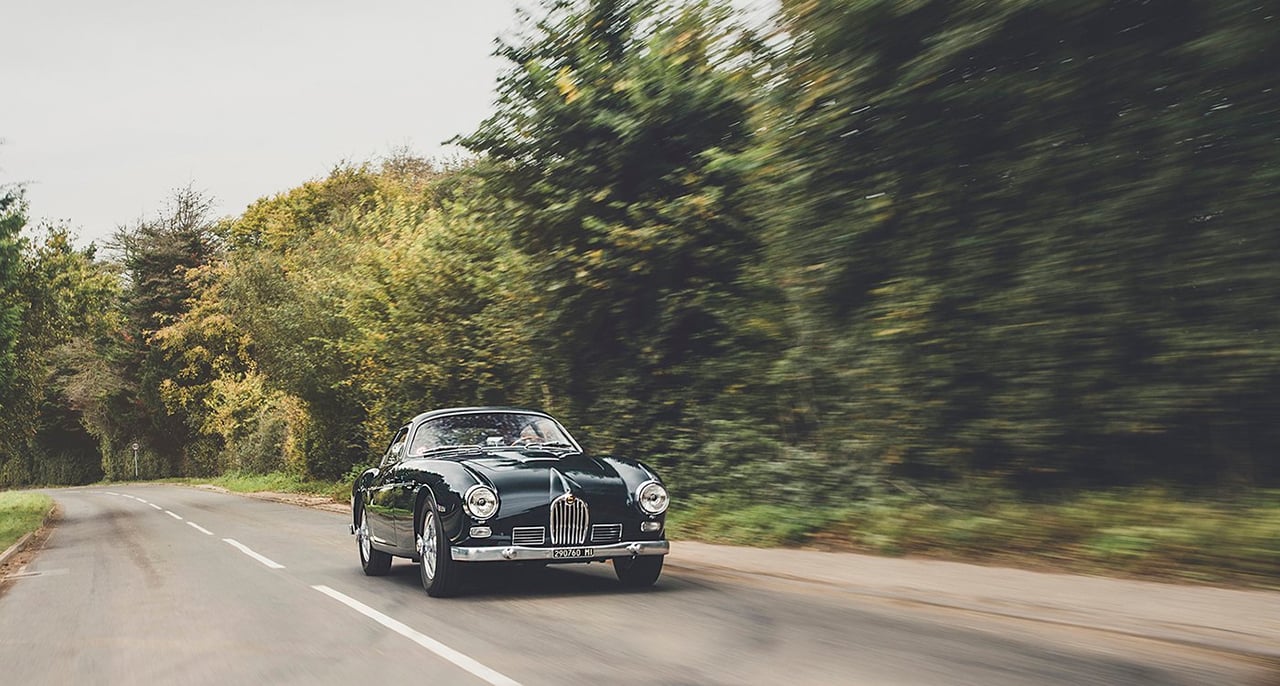
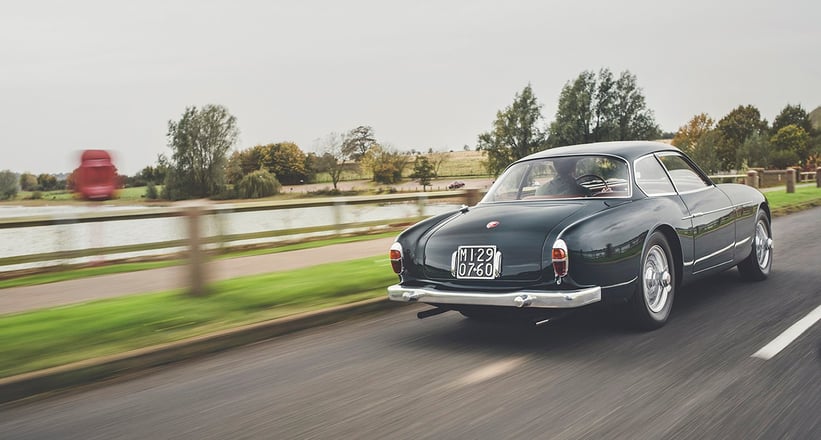
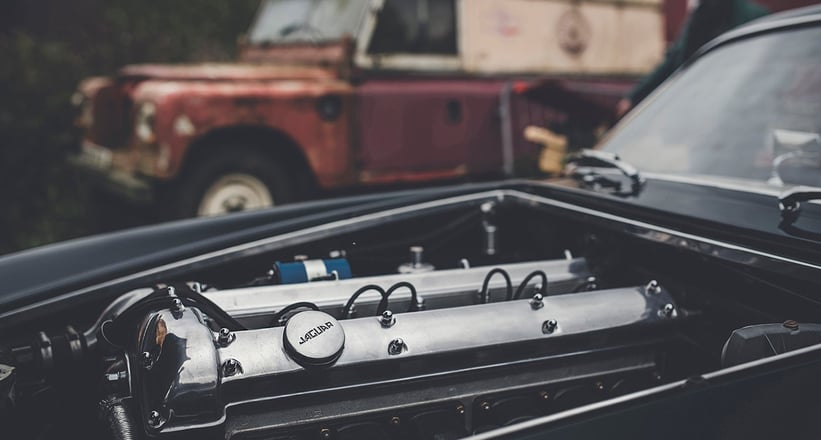
That’s not to say Zagato’s revisions were ultimately anything other than beneficial, however. Not only was the bodywork much more contemporary in appearance, it was also lighter, reaping obvious dynamic advantages. The thinner aluminium panels also act as an amphitheatre for the glorious noise emitted from the pipes of the lightly tuned 3.4-litre straight-six. But the JagZag also has a secret quirk: during restoration in the early 2000s, traces of chassis damage from the original crash were found. However, since they were proved not to impair structural integrity, its then-owner insisted they remain untouched as part of the car’s unique story.
Full-house display
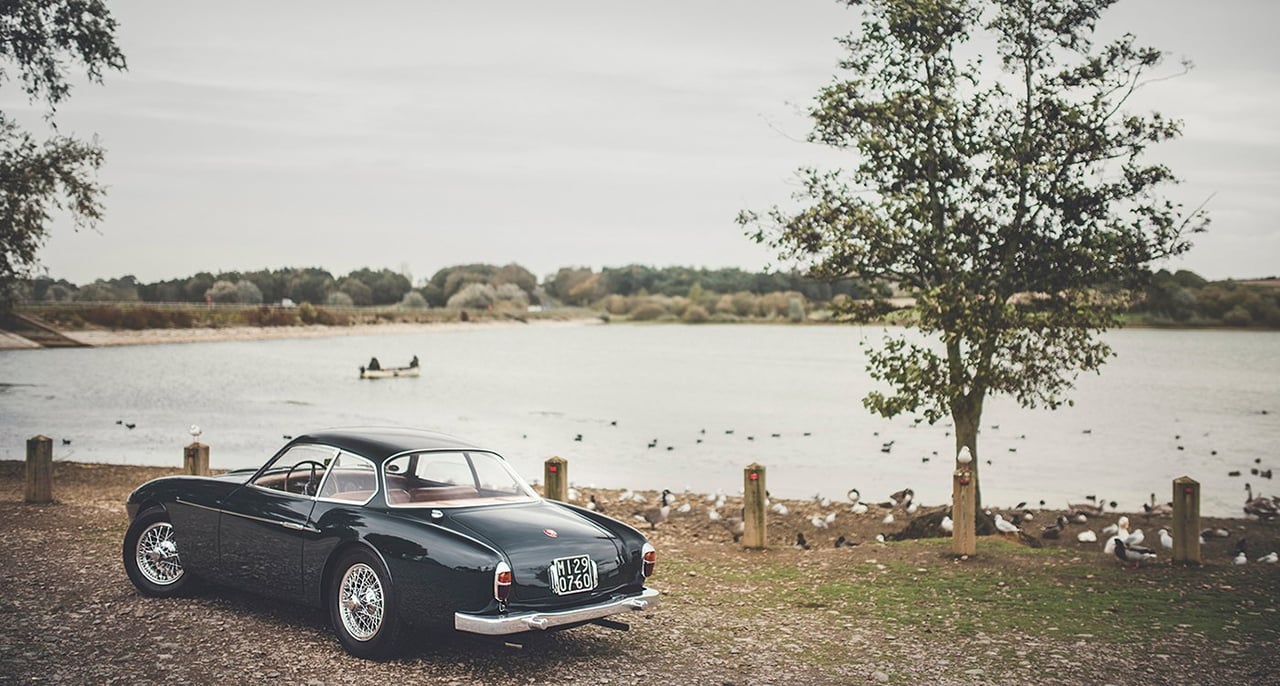
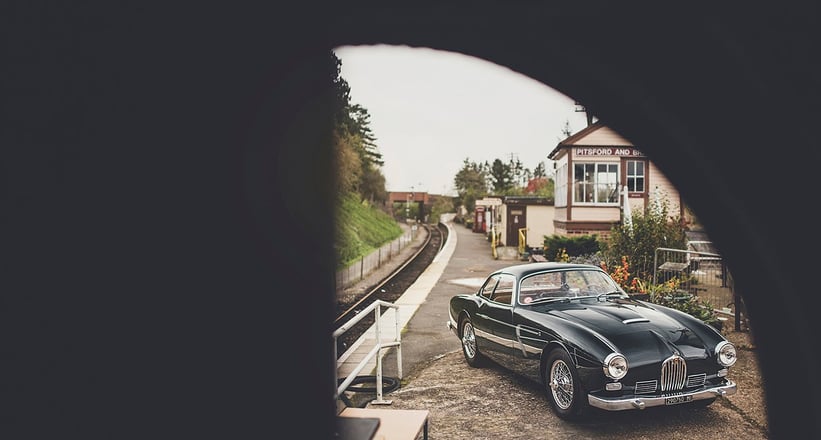
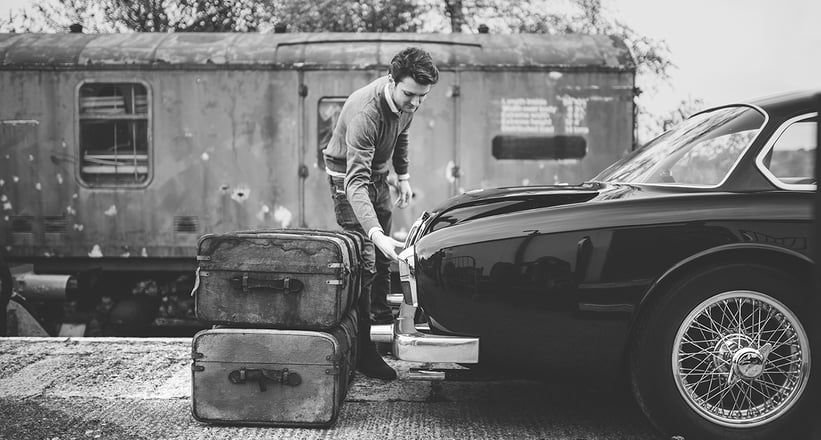
Since then, the car has spent more than a decade being shown at numerous concours events, the most recent being the 2014 Hampton Court Concours, where it was looked after by Classic Driver dealer Will Stone. What’s more, its last two owners – one of whom was a famous jewellery designer – have put many Arizonan road miles on the car. And who can blame them? Few cars would be more appropriate for a king of diamonds.
Photos: © Amy Shore for Classic Driver




































